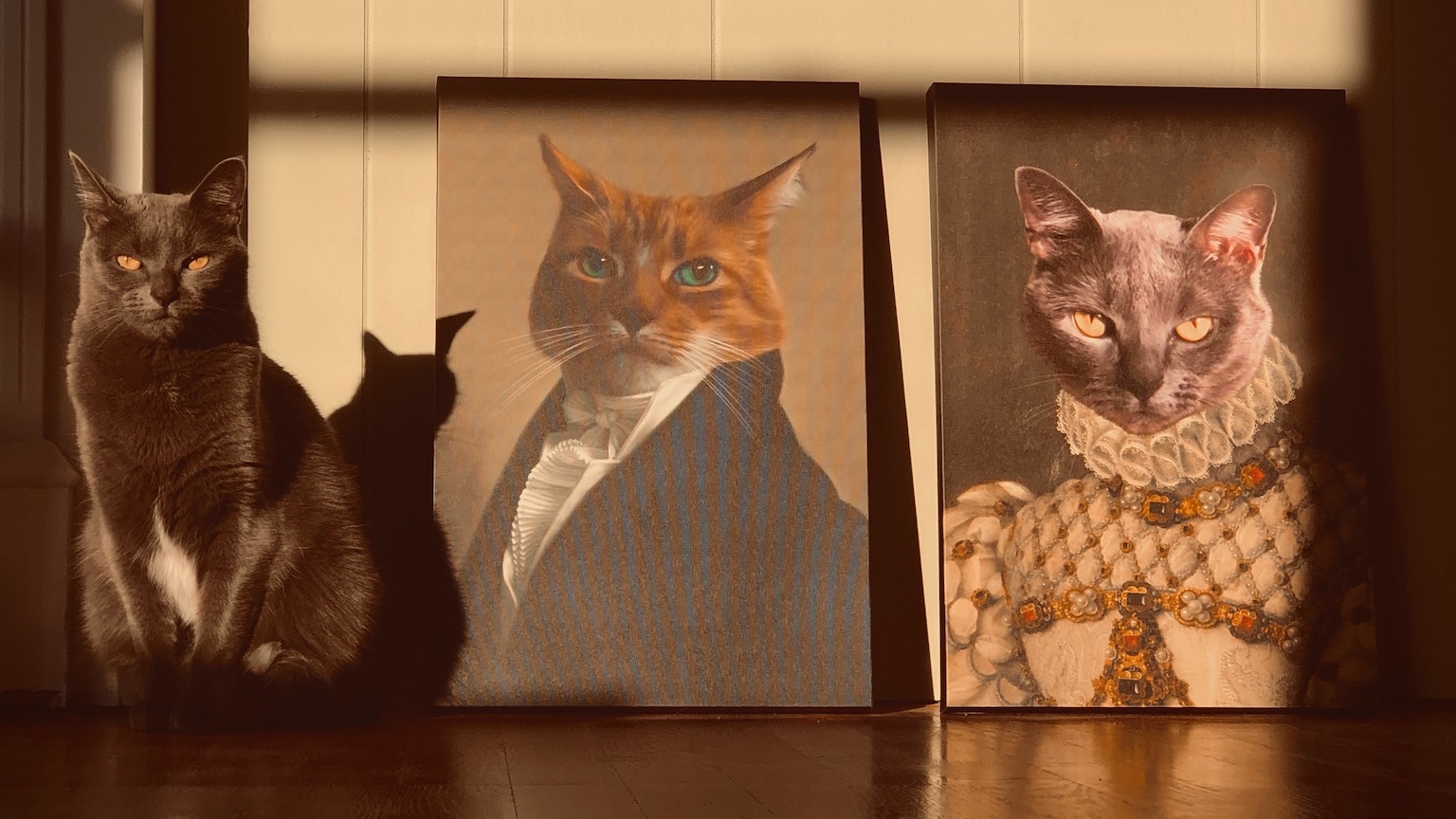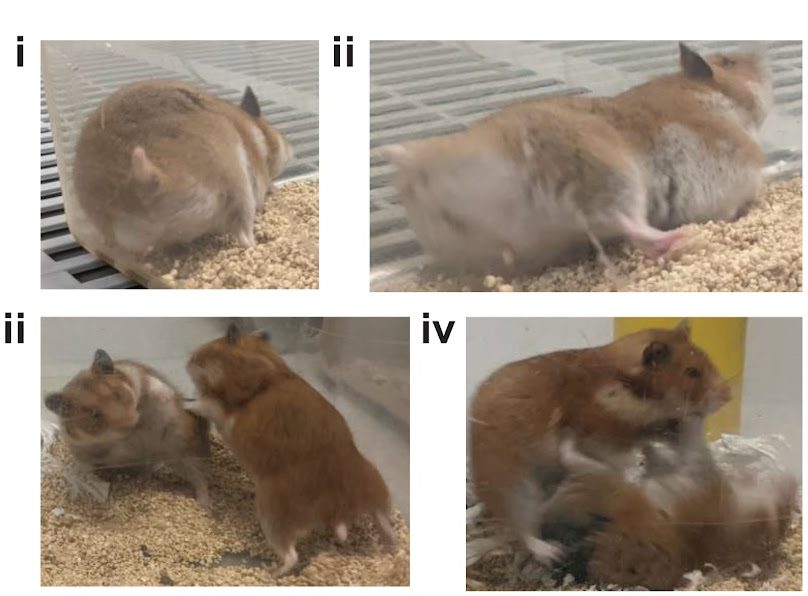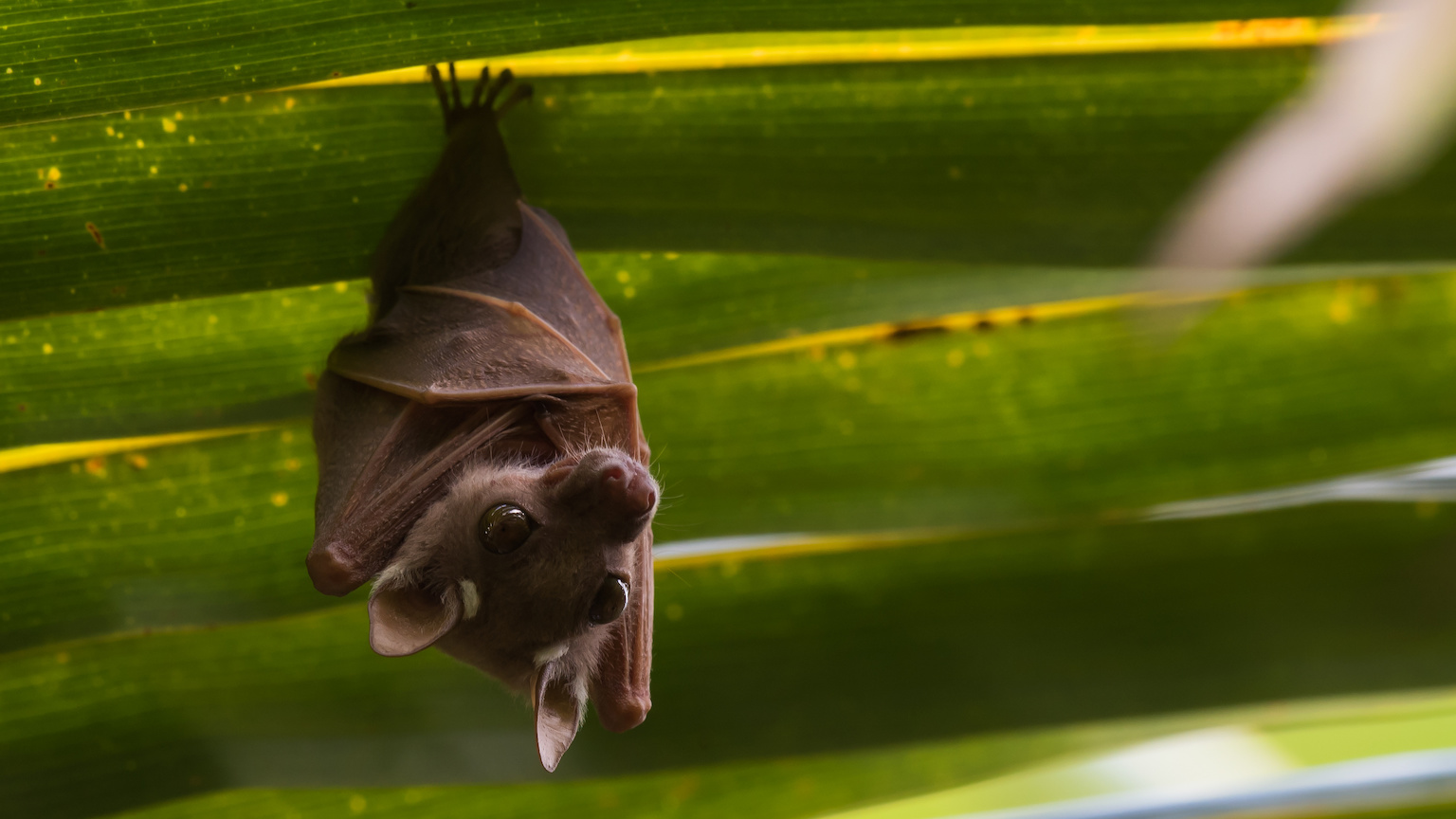Do we like our friends because they stink like we do?

- “Click friendships” form instantaneously, but until now it has been unclear how humans determine whether they have “clicked.”
- A team of scientists found that click friends have very similar body odor profiles, suggesting that if someone smells similar, we can instantly tell that they are friend material.
- Following this discovery, the scientists could predict whether strangers would click upon first meeting with 71% accuracy.
Sometimes two people just click, and a strong sense of bonding forms instantaneously. For love, this phenomenon is said to occur at first sight. Friendship, however, relies on an entirely different stimulus: body odor, according to a study recently published in Science Advances.
We like people who are similar to us
When two people are similar, they are more likely to develop a strong friendship over time. Some of the similarities we look for are relatively simple (such as age, education, and religion), while others are a bit more complex (such as personality, values, patterns of neural activity, and genetic makeup). One would assume that these similarities would also play a role in forming click friendships, a term which essentially means “friendship at first sight.”
But how can someone assess so many variables within a few minutes of meeting? To answer that, we need to look no further than the grandmasters of friendship: dogs.
Upon meeting a new potential friend, most dogs skip the small talk and get straight to business, deploying the only sensory organ that is directly wired into the emotional center of the brain: the nose. Moments after meeting a stranger, a dog will have either gained a new best friend or worst enemy. Furthermore, dogs aren’t the only ones who prefer olfactory communication when assessing potential relationships; it’s the preferred mode of communication for most mammals. Inbal Ravreby, a graduate student at the Weizmann Institute of Science in Israel, hypothesized that even humans use smell for immediate and reliable assessment.

Humans constantly but subconsciously sniff themselves and others
Ravreby’s hypothesis challenged some heavy hitters in the scientific world. Charles Darwin asserted that “‘the sense of smell is of extremely slight service, if any…to humans.” Sigmund Freud suggested that the human loss of interest in odors was integral to the development of erect posture and civilized behavior. Freud interpreted any interest in body odor to be symptomatic of a psychiatric disorder. However, this view is rapidly changing.
Recent studies have shown that humans are constantly smelling themselves and other people. For example, a study in 2020 revealed that people subconsciously smell members of the same sex more often than those of different sex. Ravreby suspected this might be a clue as to how people quickly assess friendship potential. She hypothesized that people sniff themselves and others to identify complex similarities nearly instantaneously. In other words, if someone smells similar, they are friend material.
Is a click friendship a real phenomenon?
Although “clicking” is used in general conversation, there is no formal definition for it in the scientific community. In other words, no one has determined whether it is a universal social experience that can be defined or a colloquial phenomenon that people experience differently. To determine whether click friendships are real, Ravreby and her team recruited 235 people (average age of 26) and asked them to define “click friendship” in their own words.
Ten of the participants had no idea what the researchers were talking about. However, the other 225 participants had very similar notions of the phenomenon, with 137 defining it as “friendship that is formed immediately when meeting.” (Other common statements included wording such as “chemistry” and “on the same wavelength.”) This confirmed that a “click friendship” is a real social event. To test whether click friends smell alike, Ravreby and her team began the difficult task of locating pairs of friends who met this strict definition.
Harvesting and sniffing click friends’ body odor
For six months, Ravreby posted extensively on billboards and social media in search of friends who mutually described their initial encounter as a “clicking.” After months of phone interviews and questionnaires, she had recruited 20 pairs of same-sex, nonromantic click friends (ten male and ten female pairs, with an average age of 25 and an average friendship duration of six years).
These click friends donated body odor using a strict donation protocol. Donors were provided with non-perfumed soap to shower with each evening and were instructed to avoid other cosmetics that might have fragrance (deodorant, perfume, etc). They were also provided with a cotton T-shirt to be worn after the shower for at least six hours for two consecutive nights. Moreover, they were asked to avoid foods that strongly influence body odor (such as curry, asparagus, and garlic). After the second night, the researchers collected the shirts and stored them in a freezer to minimize the loss of odor.
Equipped with a freezer full of dirty shirts, the Ravreby recruited 24 additional volunteers to smell each shirt and rated them for “pleasantness,” “intensity,” “sexual attraction,” “competence,” and “temperament”. Ravreby and her team also generated odor profiles using an eNose, a state-of-the-art odor chemical analysis machine. Both the volunteer-generated profiles and eNose-generated profiles revealed that donors smelled significantly more like their click friend than other donors.

An eNose can predict if strangers will be click friends
If click friendship develops in similarly odored people and the eNose can identify which people have similar body odor chemical profiles, then, theoretically, Ravreby could use the eNose to predict whether strangers would be friends at first smell.
To test this, she recruited 17 strangers and collected their body odors. Then, the strangers played the Mirror Game: two strangers stood facing each other about 20 inches apart, in complete silence, for two minutes and tried to mirror each other’s hand motions. After the game was complete, the participants indicated whether they clicked with their partner or not.
Twenty-two of the participants reported a mutual click. Subsequent analysis by the eNose revealed that these people smelled more similar to the person they mutually click with than other participants. The researchers were able to predict with 71% accuracy which two individuals would click, based on eNose data alone. If their findings are confirmed in future studies, we may finally have the technology to make friends beyond just sex robots.





